Iran-US talks: Trump, sanctions and the mirage of a durable nuclear deal
By Alireza Hashemi
With all eyes fixed on the third round of indirect Iran-US nuclear talks on Saturday in Muscat, speculation abounds regarding the outcome of these discussions and how the world might perceive the deal intended to replace the 2015 nuclear agreement.
The seemingly positive tone struck by US President Donald Trump, despite his occasional angry and eccentric outbursts, shows he is eager to secure a win after failing to end the wars in Ukraine or Gaza.
Proponents of the ongoing talks are optimistic about the outcome. A new deal, they argue, could boost Iran’s oil exports, stabilize the economy, improve access to essential medicine, and reintegrate the country into the global economy, attracting much-needed capital and technology.
But a glance at the past reveals illusory promises. These are the very benefits that failed to materialize under the 2015 deal. Realizing such gains requires a sustainable and credible agreement that ensures lasting sanctions relief. Yet the 2015 pact was fragile, and a new deal could just as easily unravel due to US non-compliance.
The best opportunity in recent years came during the Barack Obama administration, who nevertheless failed to fully uphold the agreement from its inception, thereby blocking those benefits from being realized.
The Trump administration’s 2018 unilateral withdrawal, lacking legal justification, further exposed the deal’s vulnerabilities. A new agreement risks repeating this vicious cycle, offering short-term relief that disappears with erratic shifts in US policy.
Leader of the Islamic Revolution Ayatollah Seyyed Ali Khamenei says Tehran is neither overly optimistic nor pessimistic regarding the indirect talks with the United States in Oman.https://t.co/dlSTXVhhcR pic.twitter.com/aoGwFK9k61
— Press TV 🔻 (@PressTV) April 15, 2025
Supporters of the deal contend that a new deal, if ratified by the US Congress as a treaty, would carry more durability than the JCPOA, which was merely an executive agreement and therefore easily undone by Trump.
However, even Congressional approval offers no ironclad guarantees. Political instability in the US, fueled by polarized domestic politics and relentless lobbying by Israel-affiliated groups, could still unravel the accord.
A future American president could wield executive powers to impose new sanctions on Iran’s ballistic missile program without technically breaching the agreement.
The next Congress, to be elected in 2026, could also derail the pact by passing a legislation that undermines its spirit.
The notion that the West can finance Iran’s development ignores enduring geopolitical rivalries.
The US and the Israeli regime prioritize containing Iran, a goal that directly conflicts with the idea of economically empowering the country.
Even if some sanctions are lifted, residual US sanctions will persist, continuing to generate uncertainty for local and foreign investors.
Press TV's Maryam Azarchehr discusses Leader's remarks on the indirect talks between Iran and the US in Oman.
— Press TV 🔻 (@PressTV) April 15, 2025
Follow: https://t.co/B3zXG74hnU pic.twitter.com/T6j6l2UHOj
When viewed in a broader context, a deal appears even less attractive. The America of 2025 is a diminished version of its 2015 self, weakened by Trump’s erratic foreign policies, based on his whims and fancies.
Through the imposition of tariffs, Trump has alienated allies and fractured the economic cohesion that once underpinned Western dominance.
His skepticism toward NATO—publicly labeling it “obsolete” in 2024 and threatening to reduce US contributions—has undermined alliance unity, prompting France and Germany to push for an independent EU defense strategy in response.
His withdrawal from multilateral institutions, such as pulling out of the World Health Organization in 2020 and abandoning the Trans-Pacific Partnership in 2017, signals a broader retreat from the cooperative frameworks that once defined the so-called Western-led order.
Trump is also unsettling the global economy—the very system that a deal is supposed to help Iran reenter. His pursuit of dollar dominance, including threats to sanction countries engaging in de-dollarized trade, has driven allies like India and China to accelerate alternative payment systems, further eroding the Western financial structure.
This decline diminishes the value of any deal, as the Islamic Republic of Iran would be tying its future to a fragmented system led by a dying and decaying power.
Speaking to Press TV, @araghchi said second round of indirect talks was held in a 'positive atmosphere,' adding that the goals of a potential agreement were negotiated.
— Press TV 🔻 (@PressTV) April 19, 2025
Araghchi said the third round of talks will be held next Saturday in Oman.
Follow: https://t.co/B3zXG73Jym pic.twitter.com/uedPw2usUC
Iran’s future lies in a multipolar world where US influence continues to wane. Instead of betting on a fragile agreement, Iran should deepen its non-Western partnerships and diversify its economy, the way we saw happen during the Ebrahim Raeisi administration with great success.
The 25-year Iran-China strategic pact, which promises $400 billion in energy and infrastructure investments, and a 20-year partnership with Russia ratified in April 2025, present viable alternatives to Western capital. Regional de-escalation with Saudi Arabia and increased trade with neighboring countries further strengthen Iran’s resilience.
Iran’s nuclear program, symbolic of its scientific achievement and sovereignty, would be curtailed under a new agreement. And what would Iran gain in return? Economic relief that may never come to fruition as experience tells us.
Some might argue that Iran’s acute economic challenges—marked by a depreciation in rial and steep inflation—necessitate a deal to alleviate the US “economic war,” which violates the basic rights of Iranians and has pushed millions into poverty.
Yet, while the short-term benefits may be tempting, a nuclear deal with the Trump administration offers Iran only the illusion of economic development. The JCPOA’s failure, the West’s strategic priorities, and America’s own decline reveal the inherent fragility of any new deal.
Rather than anchoring its future to an unreliable pact with a declining superpower, Iran can embrace a multipolar reality, leveraging strategic partnerships with China, Russia, and neighbors, while building a more diversified and resilient economy.
Alireza Hashemi is a Tehran-based journalist.
(The views expressed in this article do not necessarily reflect those of Press TV)
VIDEO | Press TV's news headlines
VIDEO | Israel steps up settlement expansion near Jenin
VIDEO | Iraqi resistance factions split over state control of weapons
Euro-Med: Israel using winter as weapon of genocide
Venezuela demands end to US military presence
Donors receive favors from Trump’s fundraising machine post-election: Report
VIDEO | Odds against peace in Ukraine?
Iran plans launch of its heaviest ever satellite on Dec 28


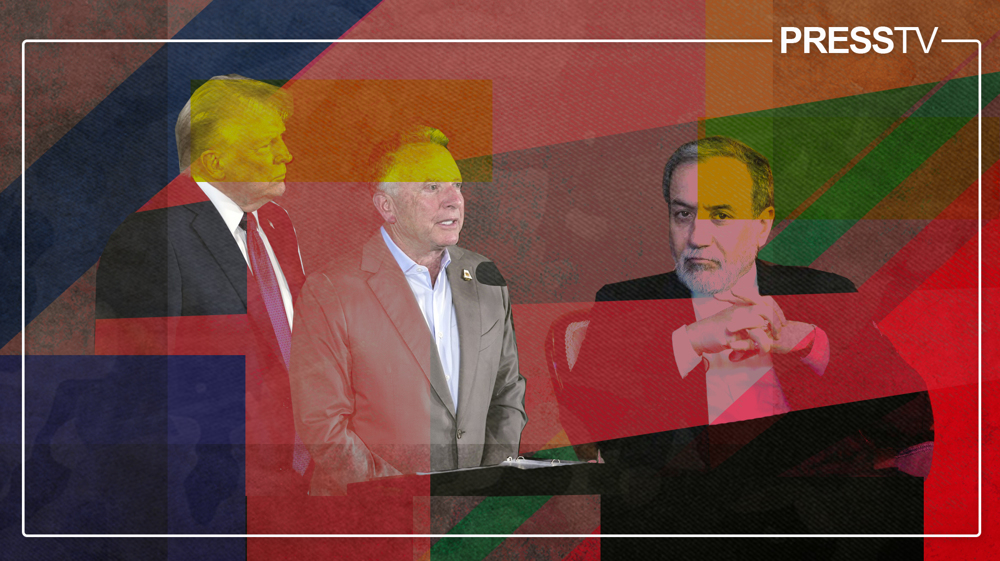
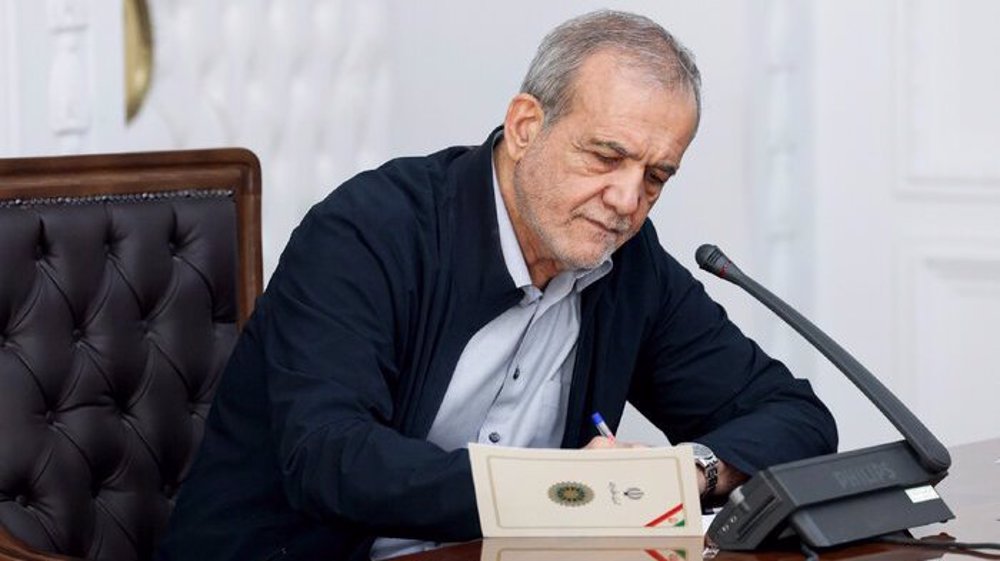
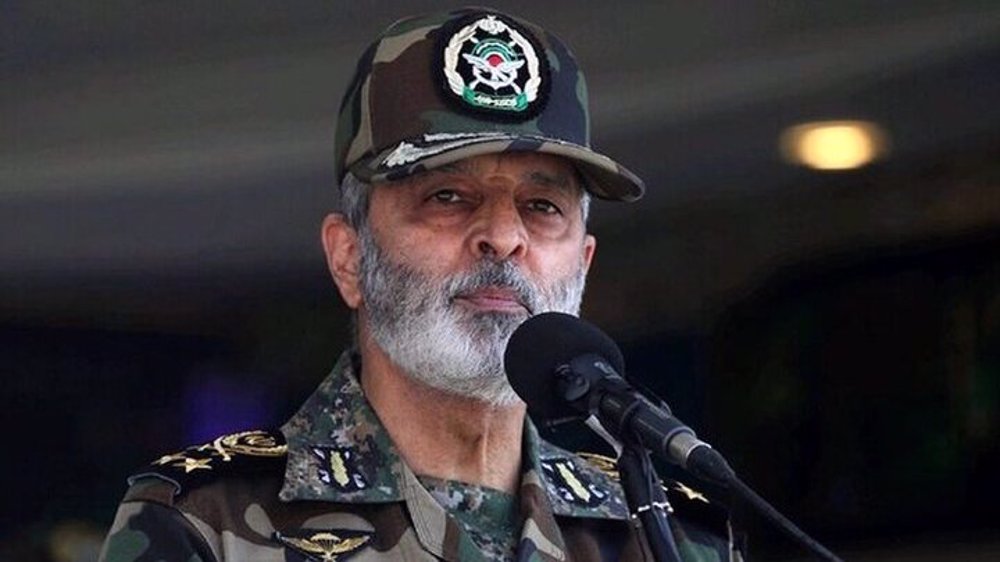
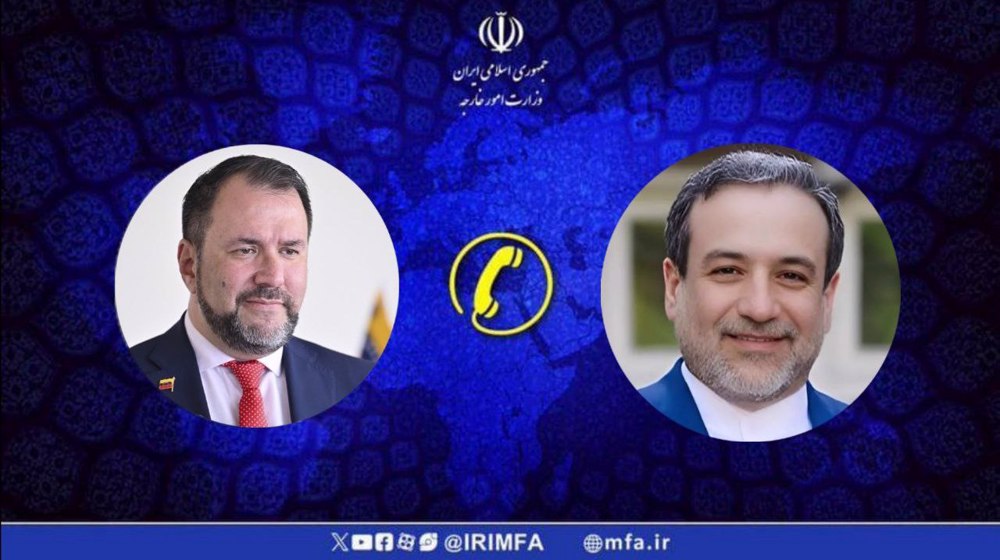



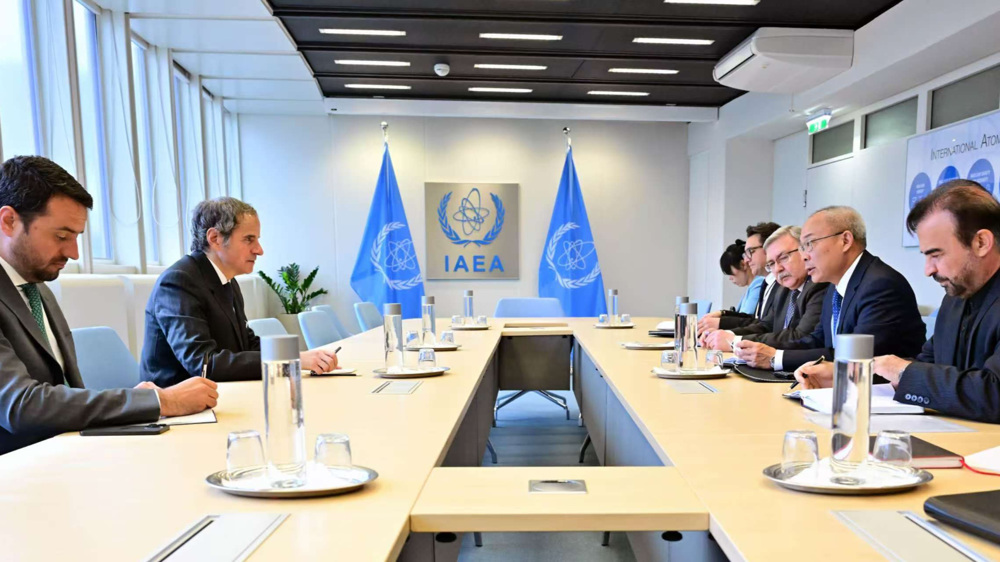
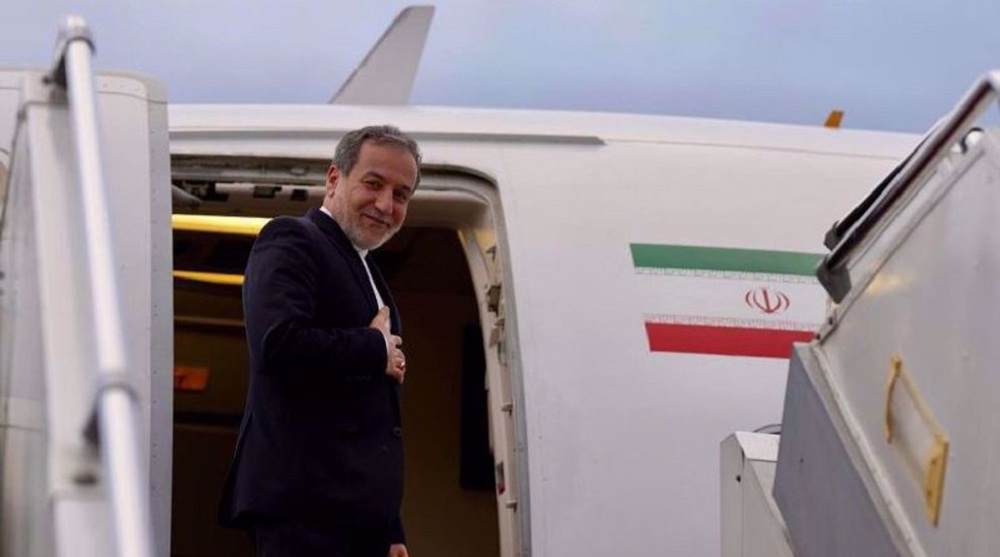

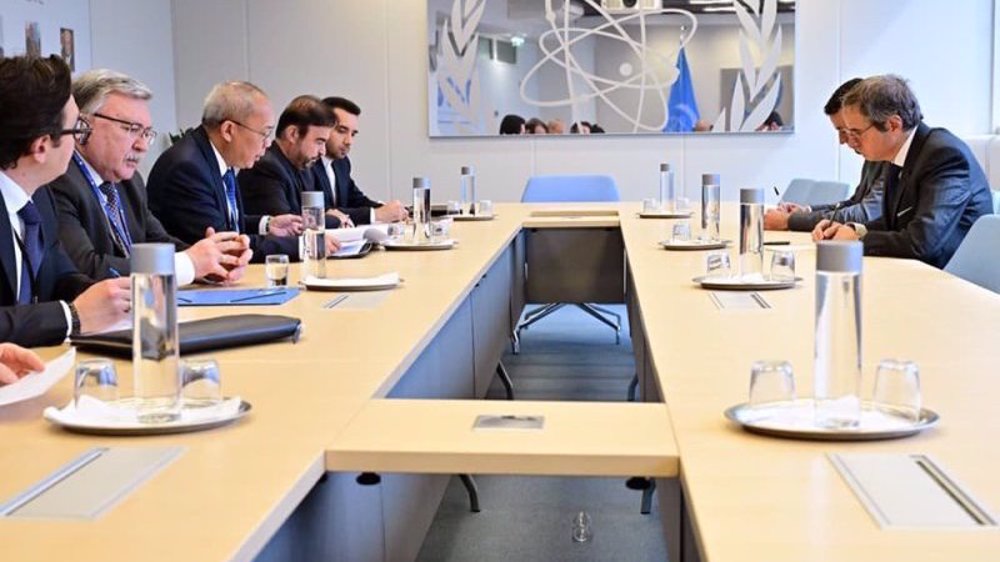

 This makes it easy to access the Press TV website
This makes it easy to access the Press TV website